Can you freeze sourdough bread? Whether you're trying to save a fresh loaf from turning stale or you're baking a large batch to save time, freezing sourdough bread is a great way to extend its shelf life. In this article, we'll cover how to freeze sourdough bread, plus tips for thawing, refreshing, and using up a stale loaf.

Baking sourdough bread at home is a labor of love that requires patience and lots of practice. If you've spent the time and effort making the perfect loaf of sourdough bread, you want to ensure it stays fresh for as long as possible.
That's where freezing comes in.
Freezing sourdough bread helps preserve its freshness and flavor. It also allows you to make sourdough loaves in batches, rather than one at a time, which saves you time and effort.
In this post, we'll discuss the steps for freezing sourdough bread, as well as tips for defrosting and refreshing it to ensure that it maintains its quality and flavor.
Disclaimer: Some links throughout this post are affiliate links. As an Amazon Associate, I earn from qualifying purchases. You can learn more by visiting my Affiliate Disclosure Page.
A Quick Overview of Freezing Sourdough Bread
Before I jump into a detailed how-to post about freezing sourdough bread, here is a quick step-by-step guide to help you get started:
- Allow the bread to cool completely.
- Slice the loaf of bread (if applicable).
- Flash-freeze the slices of bread on a parchment-lined baking tray (if applicable).
- Wrap the whole loaf or individual slices in plastic wrap or beeswax wrap.
- Place the wrapped bread inside a freezer-safe plastic bag or container.
- Label and date the bag.
- Store in the freezer for up to 3 months.
My Favorite Sourdough Bread Recipe
How to Store Sourdough Bread
Homemade sourdough bread can be stored anywhere from a couple of days at room temperature to several months in the freezer. Here is everything you need to know about storing a loaf of sourdough bread.
Room Temperature
Sourdough bread is at peak freshness and is best enjoyed within the first 24 hours after baking. After 24 hours, you'll want to store it in a bread bag or plastic bag to prevent it from drying out.
Whole loaves of sourdough will remain good at room temperature for up to 4 days when wrapped in plastic wrap, beeswax wrap, or stored in a plastic bag. Sourdough bread that has been sliced will remain fresh at room temperature for up to 3 days. Wrap individual slices tightly in plastic wrap or beeswax wrap for best results.
Refrigerator
Sourdough bread and refrigerators are not friends and I recommend against storing sourdough bread in the refrigerator.
Why? The cold, dry air in a refrigerator quickly dries out sourdough bread, turning it hard and stale. If you must store sourdough bread in your refrigerator, you'll probably want to plan on using it for something like breadcrumbs or croutons after a few days.
Freezer
Freezing sourdough bread is my favorite storage method because the freezer preserves the freshness and flavor of sourdough bread quite well.
Both whole loaves and sliced loaves can be stored in the freezer for up to 3 months. However, I prefer freezing sliced sourdough bread because it's easier to grab what I need.
To freeze, allow the bread to cool completely. Then, slice it up and place the slices inside a freezer-safe plastic bag. You can wrap the individual slices in plastic wrap or beeswax wrap for extra protection, but I often skip this step. Finally, label and date the bag and place it in the freezer. So easy!
Can You Freeze Sourdough Bread?
Yes, you absolutely can (and should) freeze sourdough bread. Freezing sourdough bread is a fantastic way to save leftovers you won't be able to eat within a few days or to get all of your bread baking done in one day.
Benefits of Freezing Sourdough Bread
Why freeze sourdough bread? Here are a few of the many benefits of freezing homemade sourdough bread.
- Extended Shelf Life- Sourdough bread typically has a shorter shelf life than store-bought bread due to its lack of preservatives. By freezing sourdough, you can extend its shelf life and enjoy it for longer.
- Make Ahead- If you're a planner like I am, you'll likely want to bake several loaves of bread at once and freeze them for later.
- Save Time- Making a loaf of sourdough bread from scratch is a time-consuming process. Using the freezer to preserve your sourdough bread means you can bake a month's worth of bread in one day.
- Reduce Food Waste- How many times have you gone to grab a slice of bread only to find it covered in mold? Freezing sourdough bread before it goes bad is a great way to prevent food waste.
- Convenient- Being able to toast a slice of freshly baked sourdough bread whenever the mood strikes is one of the best parts about storing sourdough bread in the freezer.
How to Freeze Sourdough Bread
One of the best things about freezing sourdough bread, especially if done at peak freshness, is that it tastes just as good as when it was first made. But, for your sourdough bread to maintain optimum quality, there are some important factors to keep in mind before sticking it in the freezer.
The number one enemy of sourdough bread in the freezer is air. Cold, dry air can lead to freezer burn, which is something we don't want to happen to our deliciously fresh homemade bread.
Follow these steps to prevent freezer burn and to maintain the optimum quality of your sourdough bread in the freezer.
Freezing a Whole Loaf
Step 1: Cool completely. Allow the bread to cool completely. Typically this will take at least 2 hours or up to 4 hours, depending on the size of the loaf.
Step 2: Wrap. Wrap the whole sourdough loaf in plastic wrap, aluminum foil, or beeswax wrap. Do not use parchment paper or wax paper as it does not create a tight enough seal around the bread.
Step 3: Double-Wrap. Place the wrapped loaf inside a freezer-safe plastic bag or storage container. Alternatively, wrap the loaf in a second layer of plastic wrap or aluminum foil.
Step 4: Label and date. Label the outside of the bag with the type of bread, the date it was frozen, and the best-by date.
Step 5: Freeze. Place the freezer-ready loaf in the freezer for up to 3 months.
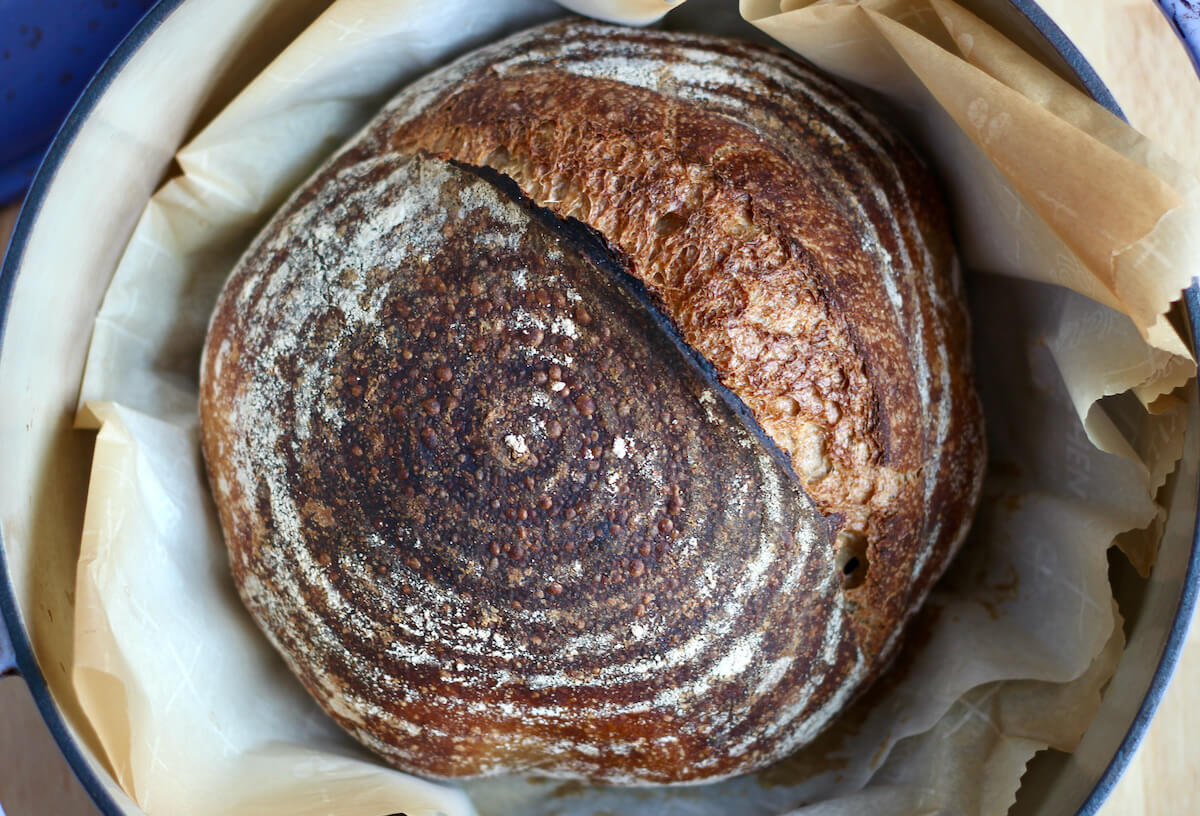
Freezing a Sliced Loaf
Step 1: Cool completely. Allow the bread to cool completely. Typically this will take at least 2 hours or up to 4 hours, depending on the size of the loaf.
Step 2: Slice. Once completely cooled, slice the loaf of bread into the desired number of slices.
Step 3: Flash freeze (optional). Lay the individual slices of bread on a parchment-lined baking sheet in a single, even layer (you can stack layers between pieces of parchment paper). Place the baking sheet in the freezer for about an hour to flash freeze the bread. This helps prevent them from sticking together. Alternatively, you can wrap the individual slices in plastic wrap or beeswax wrap to prevent them from sticking.
Step 4: Wrap. Wrap the slices together in plastic wrap, aluminum foil, or beeswax wrap. Do not use parchment paper or wax paper as it does not create a tight enough seal around the bread. Note: If you individually wrapped your slices in the previous step, you can skip to step 5.
Step 5: Double-Wrap. Place the wrapped slices together inside a freezer-safe plastic bag or storage container. Alternatively, wrap the slices in a second layer of plastic wrap or aluminum foil.
Step 6: Label and date. Label the outside of the bag with the type of bread, the date it was frozen, and the best-by date.
Step 7: Freeze. Freeze sliced sourdough bread in the freezer for up to 3 months.
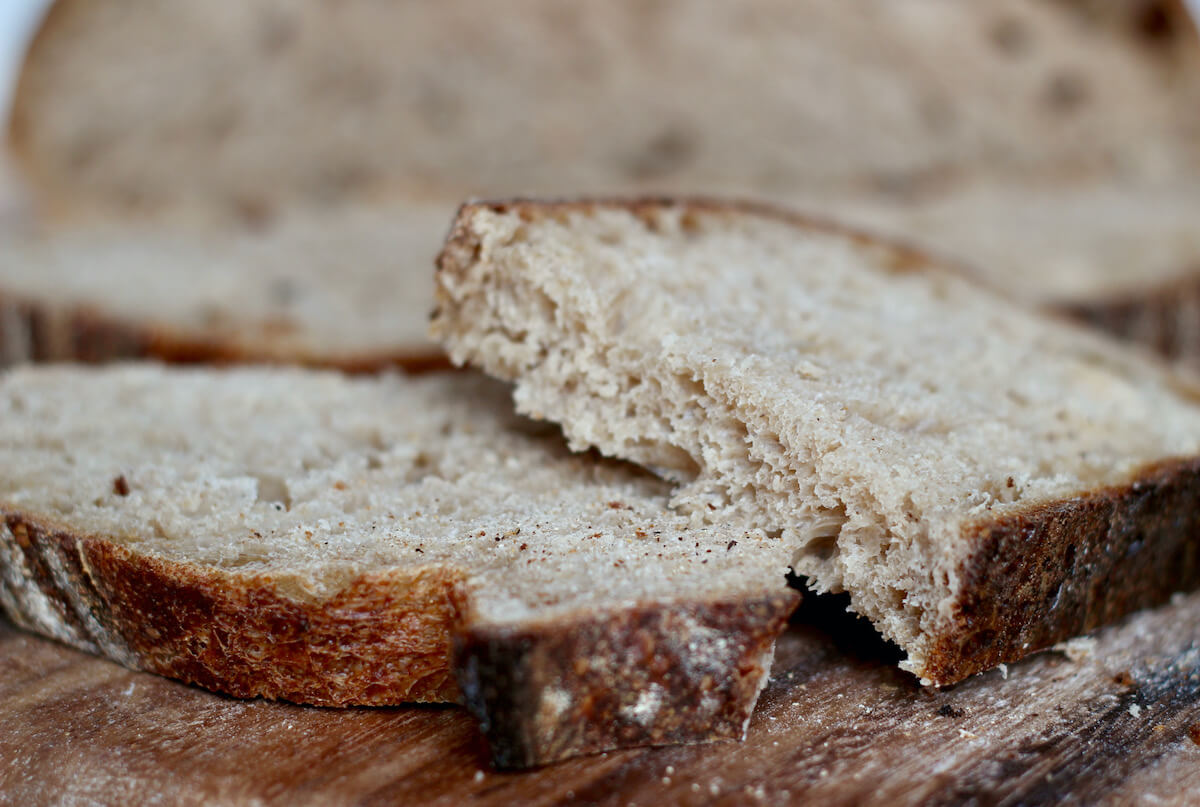
How Long Does Sourdough Bread Last in the Freezer?
Sourdough bread will remain safe to eat in the freezer for quite a long time. However, after about 3 months, the quality of the bread begins to noticeably degrade and it may start to become freezer-burnt.
For optimum quality, only store as much sourdough bread as you and your family will be able to eat within a 3-month period.
Tips for Freezing Sourdough Bread
- Cool Completely- Sourdough bread should only be stored after cooling completely. Wrapping warm sourdough bread leads to steam inside the bag. Steam creates ice crystals in the freezer, which can cause freezer burn and degradation in quality.
- Slice It Up- I always recommend freezing food in individual portions. Freezing the bread in slices helps reduce waste because you're only heating up what you can eat in one sitting.
- Freeze Quickly- If you know you won't eat the whole loaf of bread within a couple of days, it's best to freeze the sourdough bread when it's at peak freshness.
- Double Wrap- When it comes to freezing food, air is the enemy. Double wrapping your sourdough bread limits the amount of cold air it is exposed to, which helps prevent freezer burn.
- Don't Forget the Date- Always label and date anything you freeze. Labeling helps you remember what the food is, when it was stored, and when you need to finish eating it by.
How to Defrost Sourdough Bread
Whether you froze your sourdough bread in slices or as a whole loaf, the best way to thaw it is in the freezer bag at room temperature. Thawing sourdough bread can take anywhere from a couple of hours up to overnight depending on the size.
Can You Toast Frozen Sourdough Bread?
Yes, I toast slices of frozen sourdough bread in my toaster or toaster oven quite often with great success. The bread does take a bit longer to toast since it needs to defrost first.
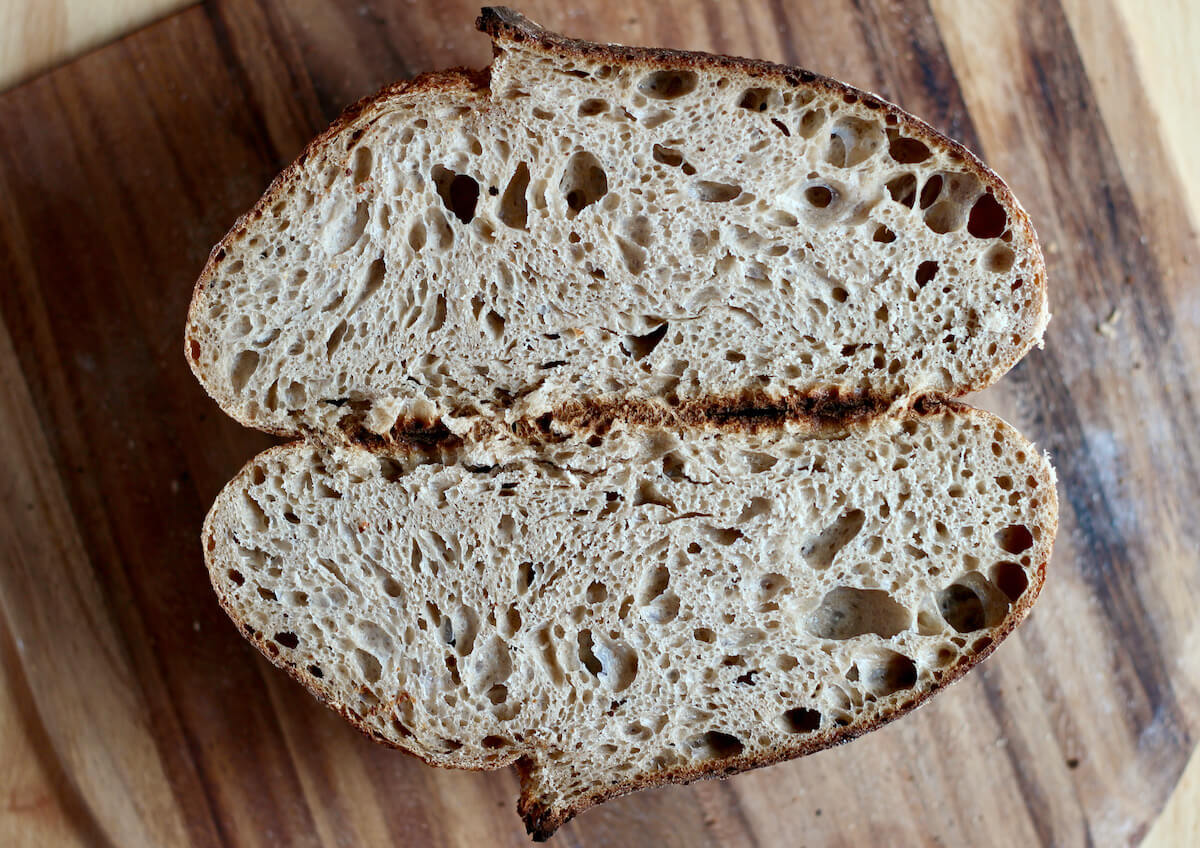
How to Refresh Whole Loaves of Sourdough Bread
Follow these tips to successfully refresh your frozen sourdough bread and enjoy it as if it were freshly baked.
- Defrost- Remove the loaf from the freezer the night before. Leave it to defrost at room temperature inside the bag or plastic wrap.
- Spritz With Water- Preheat the oven to 375°F (190°C). Spritz all sides of the loaf with cold water. Don't overly saturate the bread, but do ensure it is lightly wet. The light coating of water turns to steam in the oven, helping to create a crispy crust.
- Bake the Bread- Place the loaf directly on the oven rack and bake for 10-15 minutes or until the crust is nice and crispy.
- Cool- Allow the bread to cool for at least one hour before slicing.
Can You Refreeze Sourdough Bread?
Yes, you can refreeze sourdough bread after thawing. However, the more you thaw and refreeze sourdough, the more the quality of the bread degrades.
Because of this, I recommend freezing slices of sourdough bread instead of a whole loaf. Then, you're able to thaw the amount of bread you plan to eat right away and keep the rest frozen.
How to Tell if Sourdough Bread Has Gone Bad
Like all foods, sourdough bread has a limited shelf life and can go bad if not stored properly. If you notice any of these signs, it's best to err on the side of caution and throw the bread away.
- Mold- One of the most obvious signs your bread has gone bad is visible mold.
- Smell- If your sourdough bread smells musty, it's likely a sign that there's mold you may not be able to see. Sourdough should smell mildly sour, sweet, and pleasant.
- Texture- Give the loaf a good squeeze and you'll know right away if it's become too stale and dry to enjoy fresh. If there's no mold, you can repurpose stale sourdough bread into breadcrumbs or croutons.
- Taste- Bread that tastes moldy, overly sour, rancid, or just "off" is likely past its prime.
- Freezer-Burn- If your bread was improperly stored in the freezer, it may end up with freezer-burn. Freezer-burnt bread will be covered in ice crystals. While technically safe to eat, the flavor and texture of freezer-burnt bread are not very good.
How to Use Stale Sourdough Bread
If you've somehow ended up with stale sourdough bread, don't worry! There are plenty of ways to make use of stale bread. Here are a few ideas:
- Breadcrumbs
- Croutons
- Garlic Bread
- Sourdough Stuffing
- French Toast or French Toast Casserole
- Bread Budding
- Panzanella Salad
- Grilled Cheese
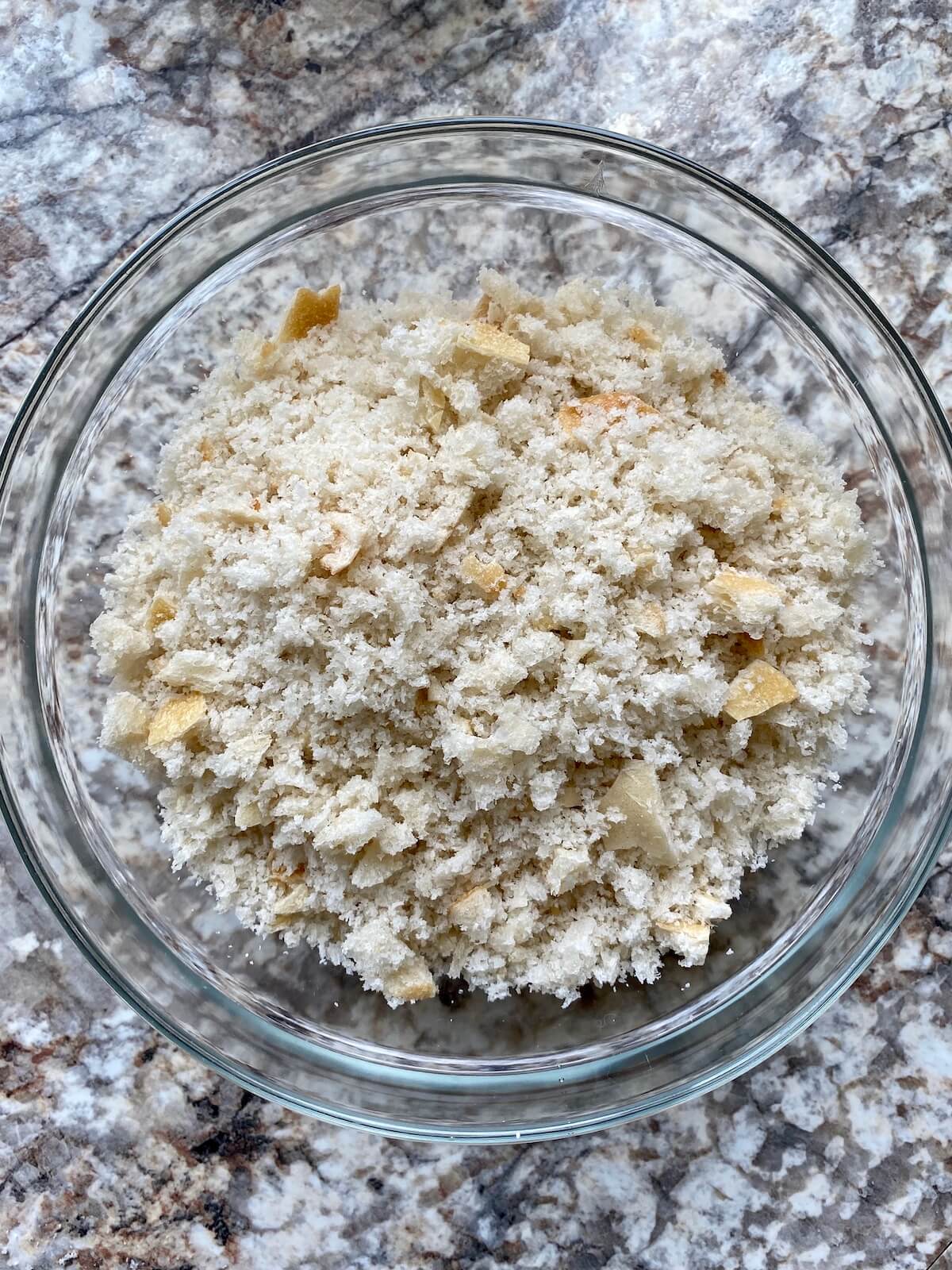
Frequently Asked Questions
When stored properly, the shelf life of sourdough bread is about 4-5 days at room temperature. Beyond that, your bread will likely become noticeably stale.
After the first 24 hours, the best way to store sourdough bread is in the freezer. Freezing the bread at its peak freshness is the best way to keep it fresh for as long as possible.
Yes, sourdough bread can be stored in a Ziplock bag once it has completely cooled. Bread stored in a plastic storage bag will stay good for about 4 days at room temperature or 3 months in the freezer. If freezing, make sure you use a plastic bag meant for the freezer.
Sourdough bread should never be stored in the refrigerator. The cold, dry air quickly turns bread stale, which is the opposite of what we want when storing our fresh loaves of sourdough.
Yes! Most types of sourdough sandwich bread and other sourdough recipes freeze very well. I also store these Sourdough Sandwich Rolls, Sourdough Wheat Crackers, this Sourdough Naan Bread, and this Sourdough Irish Soda Bread in the freezer with great success.
While I haven't personally tried it, you can freeze sourdough bread dough. Based on my research, it appears the best results come from freezing the dough after shaping and before proofing.
Yes, sourdough starter can be frozen for up to 12 months. Freezing sourdough starter is a great way to ensure you'll always have a backup in case something happens to your primary starter.
Conclusion
As you can see, freezing sourdough bread is a fantastic way to preserve its freshness and flavor. However, it's important to take steps to ensure the bread maintains its quality and flavor after freezing.
And remember, always check your bread for signs of spoilage before eating it. When in doubt, throw it out.
Let's Connect!
Be sure to leave a comment below if you have any questions. You can also connect with me on Instagram, Facebook, Pinterest, or via email at [email protected].

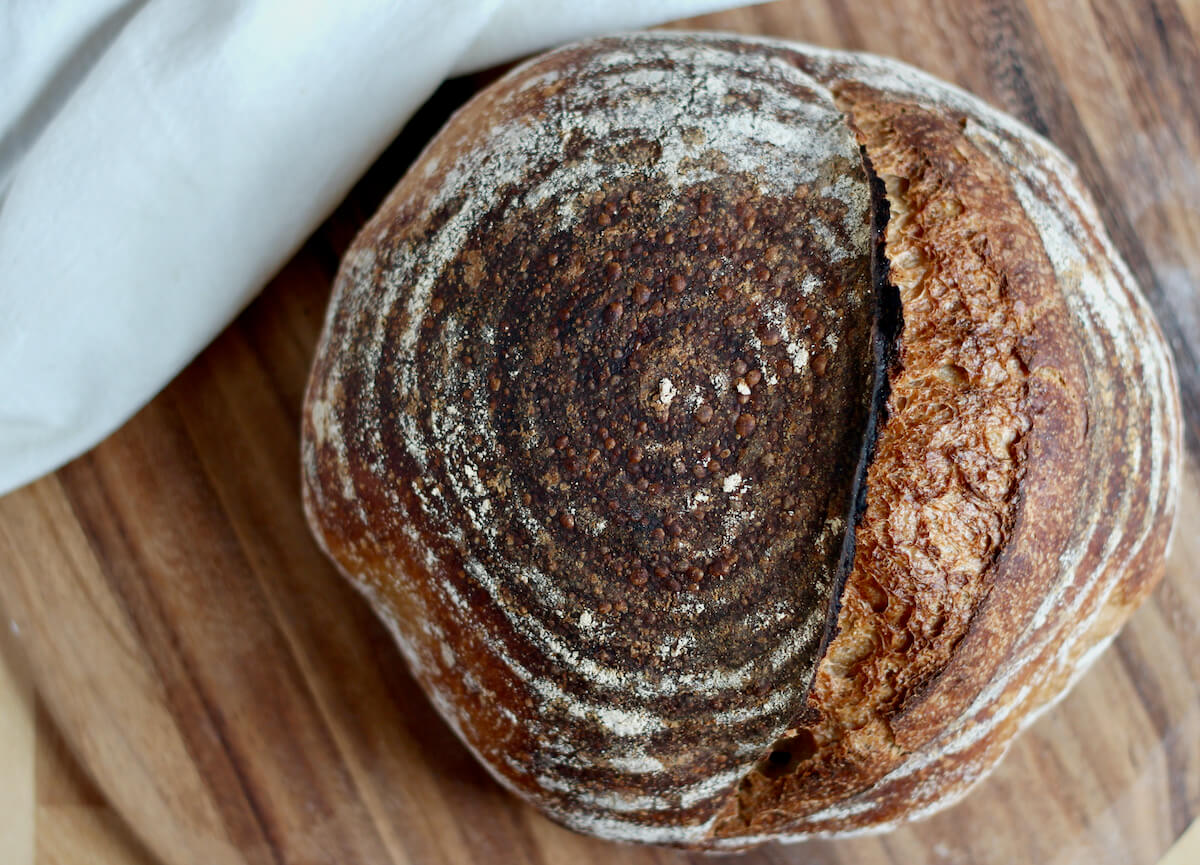
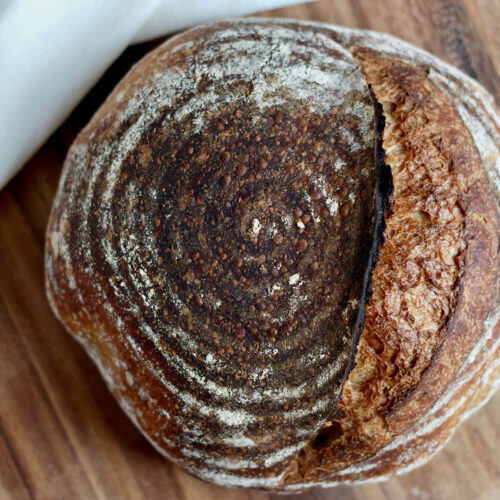


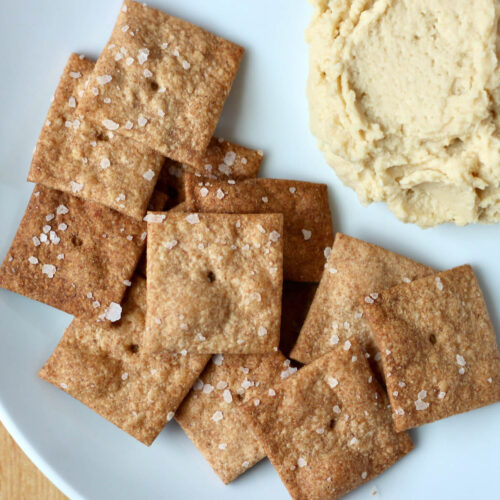


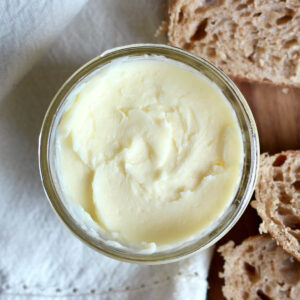

Comments
No Comments